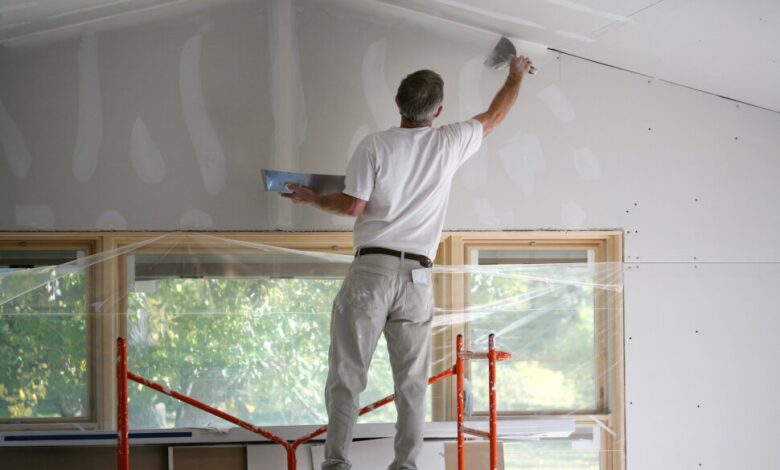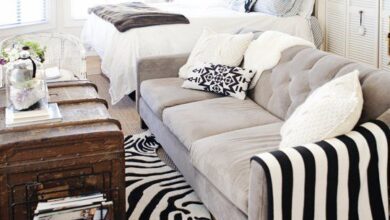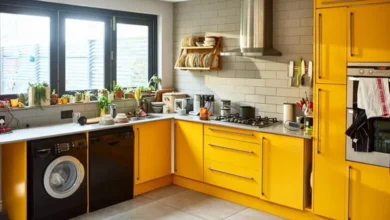Common Drywall Issues Every Homeowner Should Know

Drywall acts as the foundation for our walls and ceilings, giving our living areas structure and solidity. It not only provides a blank canvas for interior design, but it also allows for the insertion of distinctive architectural aspects such as arches and elaborate decorations.
Understanding the importance of correctly constructed drywall is critical whether you’re building a new home or renovating an existing one. You also need a good idea about various drywall issues so you can act on them immediately and save your investment from sustaining further damage.
Here are the common drywall issues you can detect and try to fix yourself:
Cracks: The most common problem with drywall is probably cracks. The building settling can cause changes in temperature and humidity or bad fitting. Most drywall cracks are only visible to the naked eye and can be fixed with joint cement and sandpaper. Larger cracks, however, may be signs of structural problems that need to be thoroughly checked and fixed by a professional.
Nail Pops: Nail pops are small bumps or cracks that form when drywall nails or screws come loose and push through the surface. Most of the time, nail pops are triggered by the natural movement of the building materials or by bad fitting.
To fix a nail pop, put a new screw or nail slightly below the surface, cover it with a joint compound, and sand it smoothly.
Water Damage: Water damage to drywall is a big problem, especially in places where there are leaks or a lot of humidity. It can cause the wood to change color, swell, sag, and grow mold.
If you see water stains or wet spots on the drywall, you need to find the source of the leakage and fix this leakage before you can fix the drywall damage. Cut out the damaged area, let it dry completely, and replace it with new drywall or a patching solution if the damage isn’t too bad.
Sagging or bulging: A drywall that sags or bulges usually does so because it doesn’t have enough support behind the panels, is exposed to too much wetness or was installed incorrectly.
The area may look uneven or misshapen. To fix this problem, you’ll need to add more support, like screws or drywall glue, to the structure and fix the part that’s sagging. If the damage is bad, it’s best to talk to an expert.
Texture Problems: Adding texture to drywall can give a room depth and make it look more interesting. But texture problems, such as uneven texture, texture peeling, or texture loss, can happen.
These texture problems can be caused by how the paint was applied, how it was dried, or by damage from water. To fix texture problems, scrape off the broken texture, add a new layer of joint compound, and add the texture again by stippling, knocking down, or using a texture roller.
Drywall Tape Issues: Drywall tape covers the gaps where two panels meet. If the tape comes free, bubbles up, or breaks, it can make things look bad. Popped or loose tape is often caused by not using enough joint fluid or not giving it enough time to dry.
To fix it, carefully pull off the tape that has come loose, add a new coat of joint compound, and put a new tape in the holes. Make sure the area is dry and sand it for a smooth finish.
Holes and Dents: Furniture bumps, doorknobs, and other mistakes can accidentally cause holes or dents. With spackle or joint cement, it’s easy to fill in small holes. You’ll need a repair kit for bigger holes or to cut out the damaged drywall area and replace it with a new piece. Once the hole is fixed, sand it down and paint it again to make it look like the rest of the wall.
In the end, knowing and fixing common drywall problems can help you keep your walls looking good and keeping them strong. Cracks, nail pops, water damage, sinking, texture problems, loose tape, and holes all need to be fixed as early as possible and in the right way.
For major damage or if you’re unsure about the repair process, calling in professional Drywall Repair Las Vegas is your best choice. Not only do they know how to detect even hidden issues, but they also possess the skills and tools to repair every kind of drywall issue.





